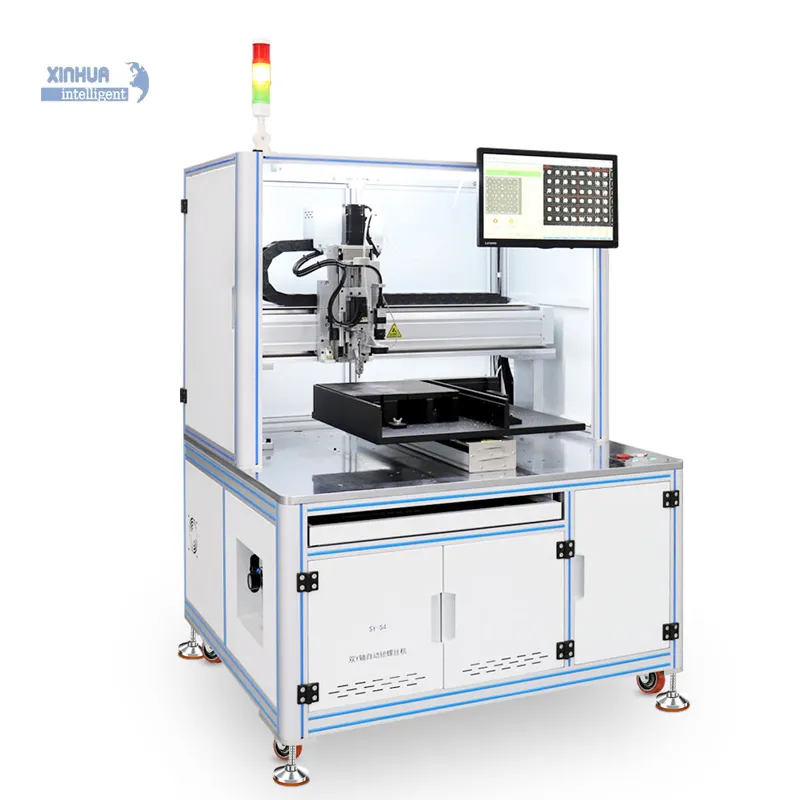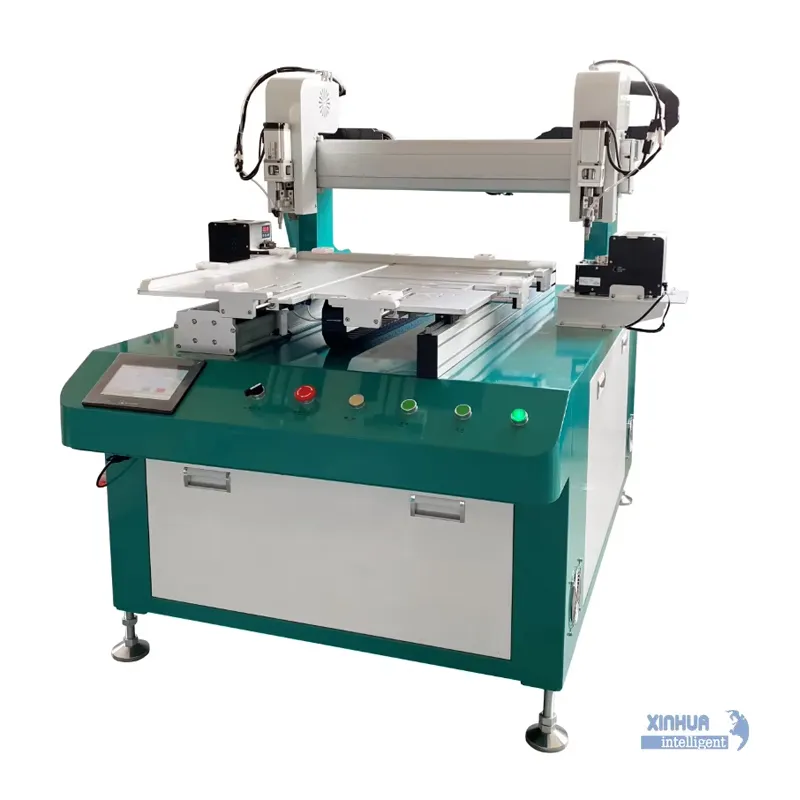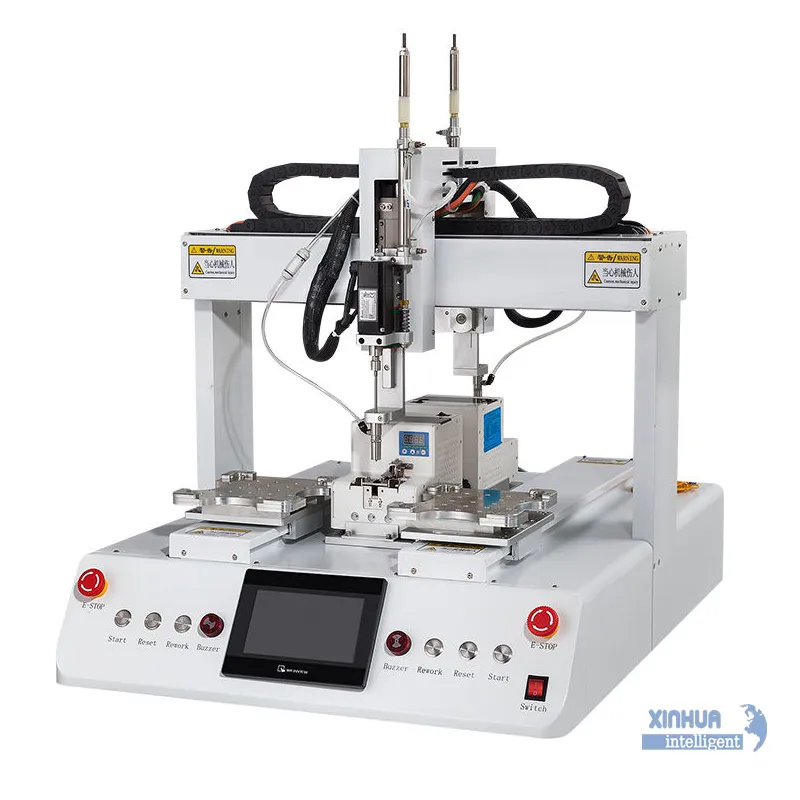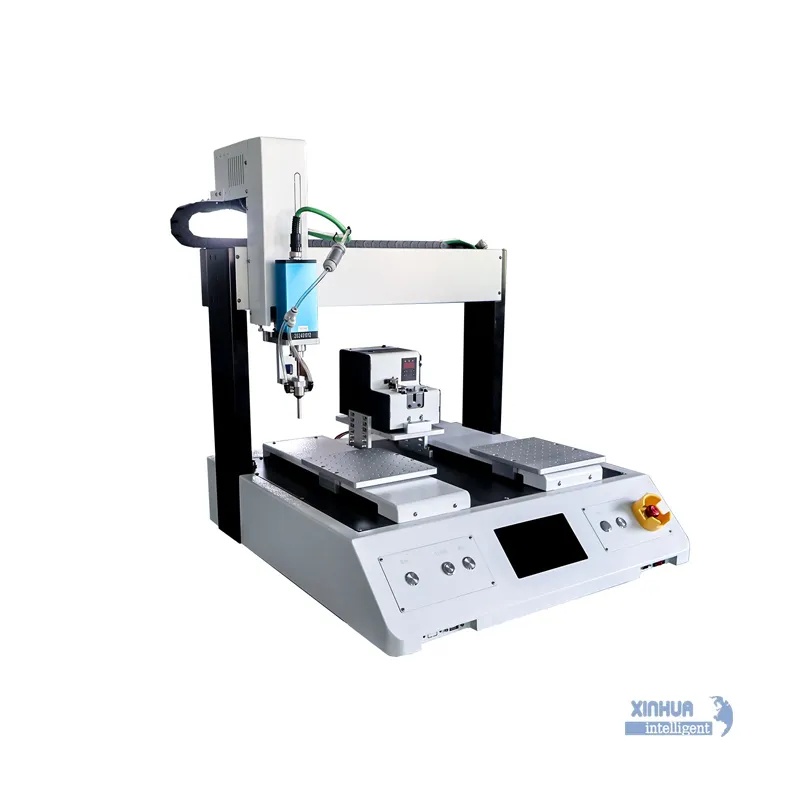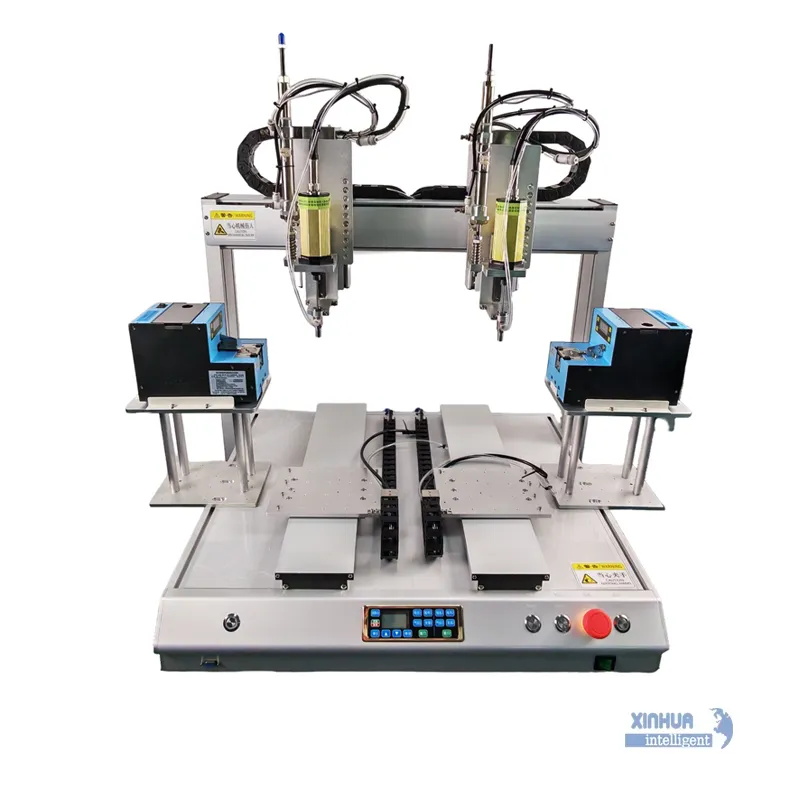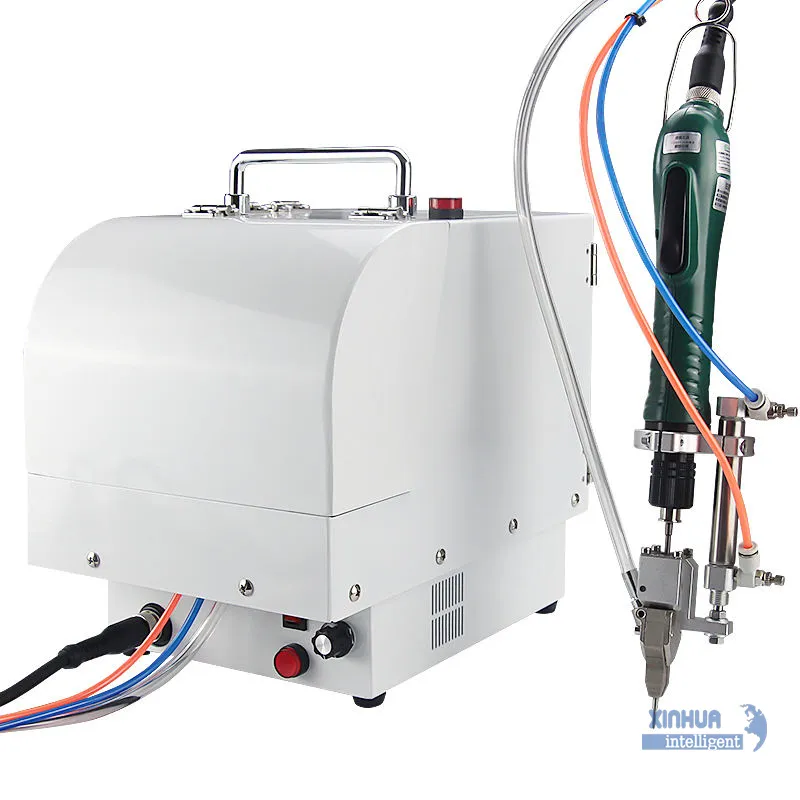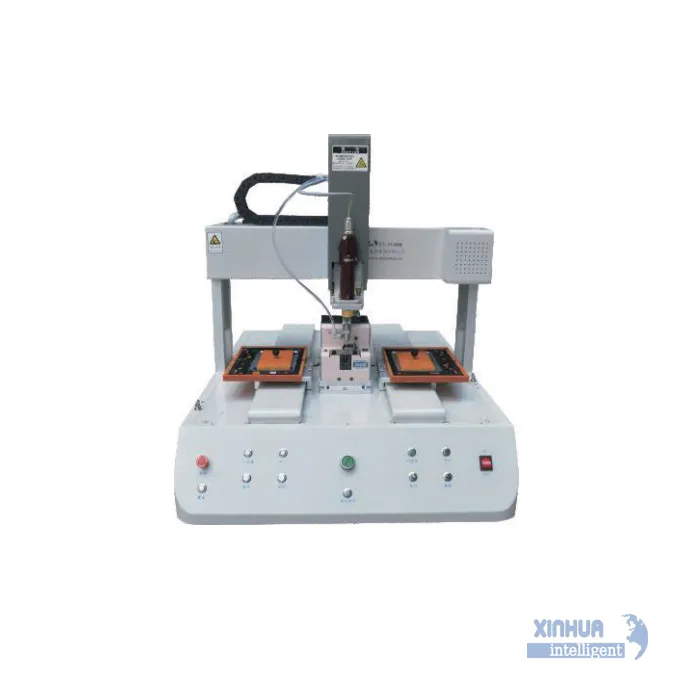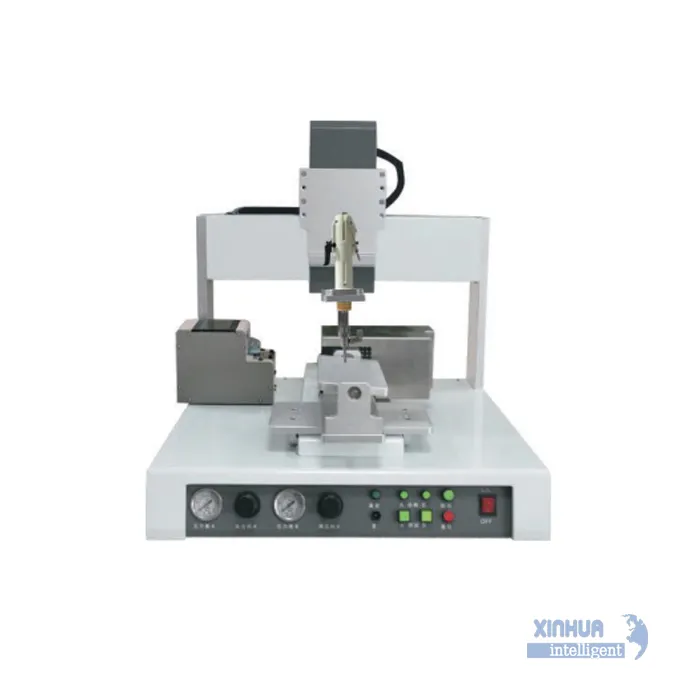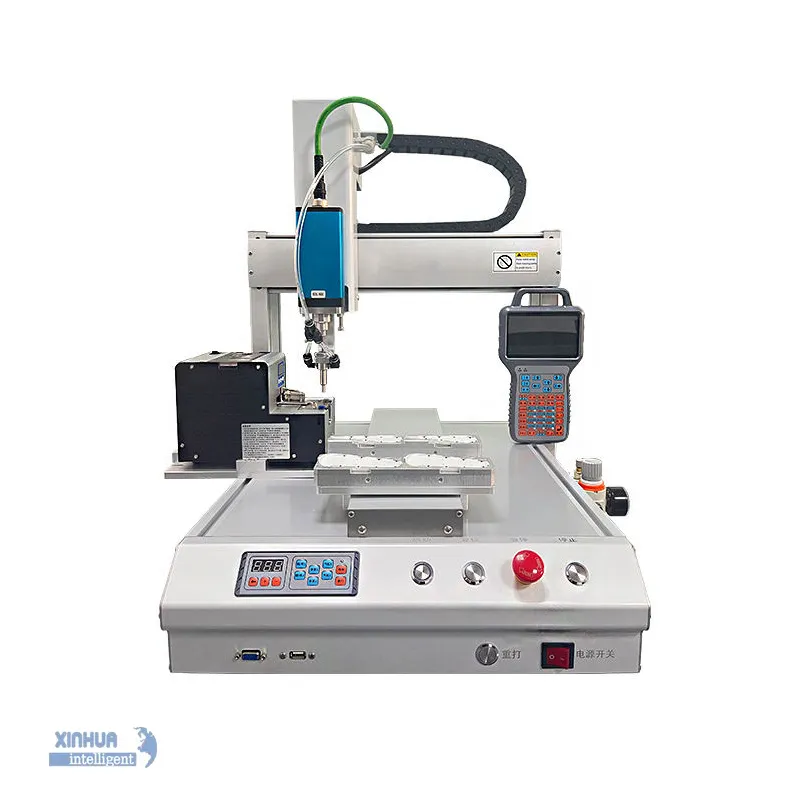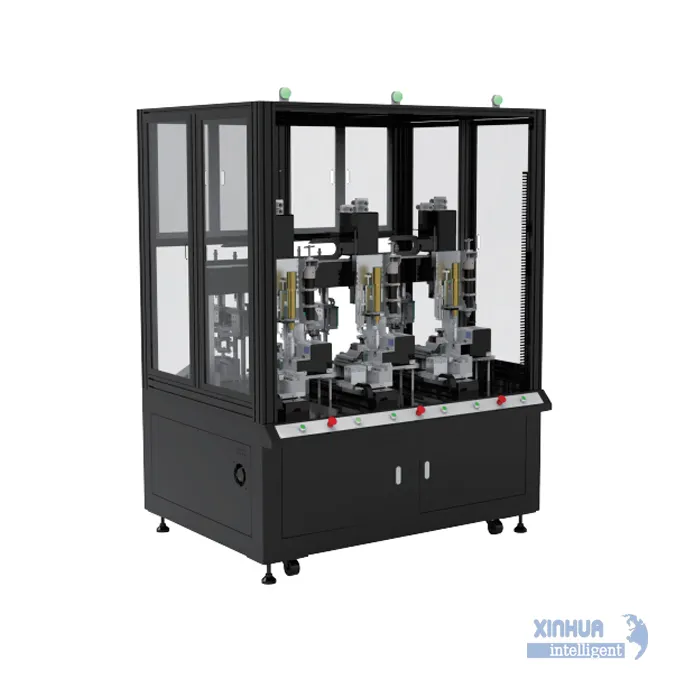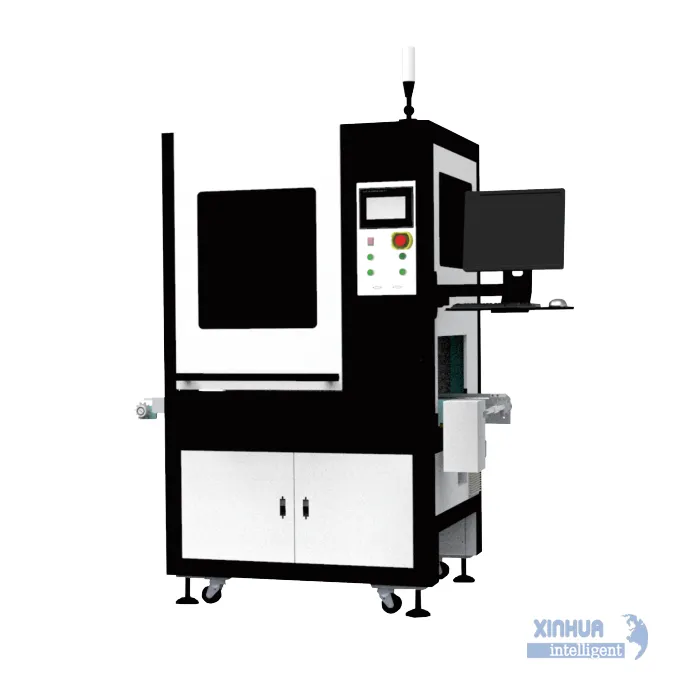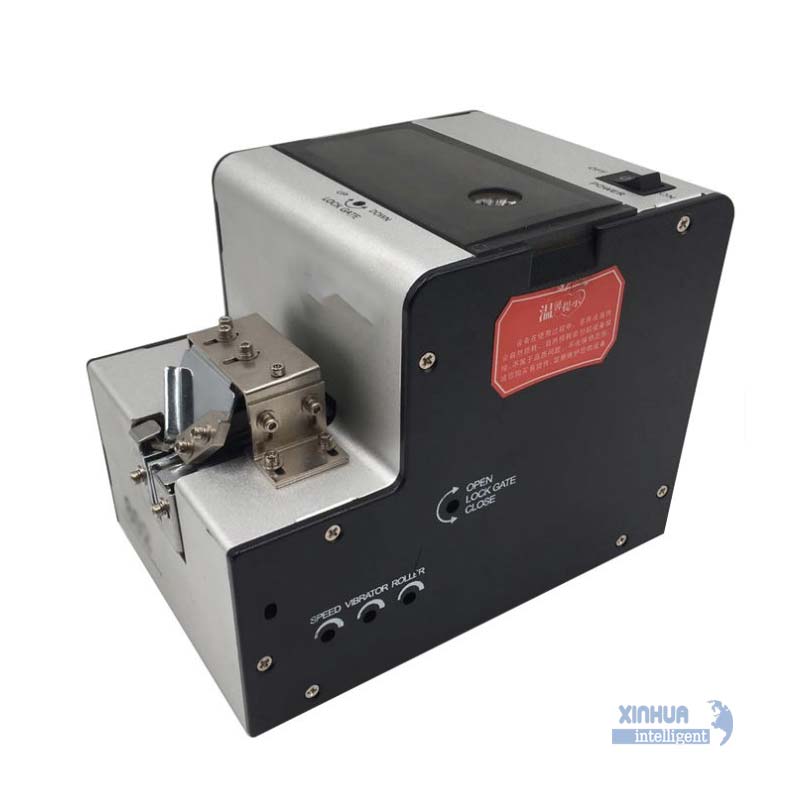
Troubleshooting Steps
- Confirm Screw Type: Ensure the screws being fed match the feeder's specifications by measuring them with a caliper, as the incorrect size can cause jams.
- Inspect the Feeder Track: Clean the track using a cotton cloth dipped in alcohol or cleaning naphtha to remove any debris or build-up.
- Adjust Brush Height: Manually rotate the brush to check for damage and ensure it is making proper contact with screw heads. Adjust the brush's height so it lightly touches the screw heads without being too low, which can cause jams.
- Clean and Inspect Hopper: Look for any stuck screws or foreign objects like dust or paper that could be blocking the mechanism.
- Check Air Pressure (Pneumatic Systems): If your system uses compressed air, verify that the air switch is on and the pressure gauge shows normal readings.
- Inspect Sensors: Check the fiber optic sensors for blockages from dust or debris. If the feeder has proximity sensors, ensure they are functioning correctly by observing their indicator LEDs.
- Verify Motor and Vibration: If jams continue, check for obstructions that could cause abnormal vibration. If the vibration motor is suspected, unplug its connector and check its output voltage to see if it falls within the normal range.
- Consult User Manuals: For more specific issues, refer to the manufacturer's operation and maintenance manual for troubleshooting procedures and warranty information.

